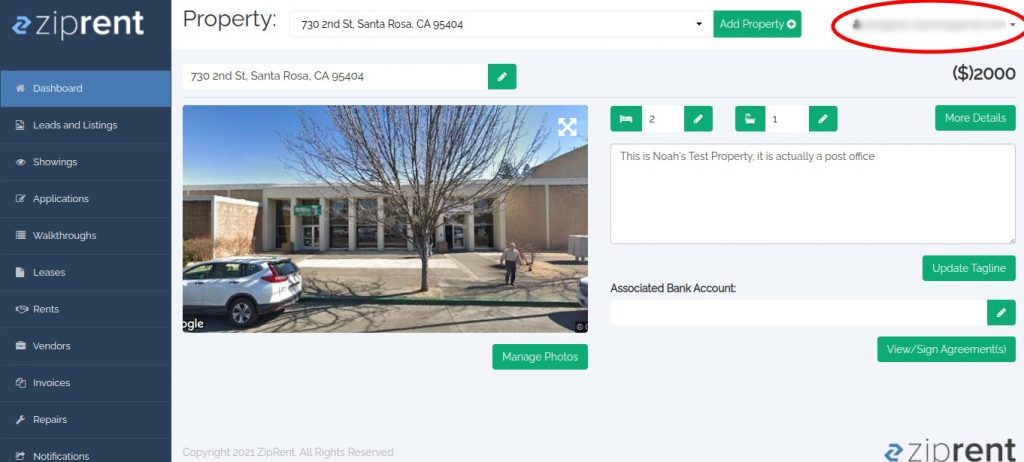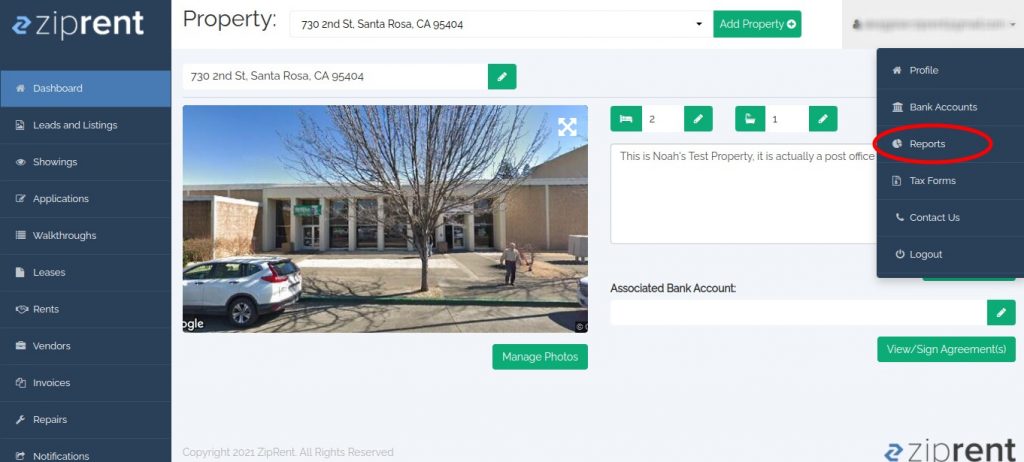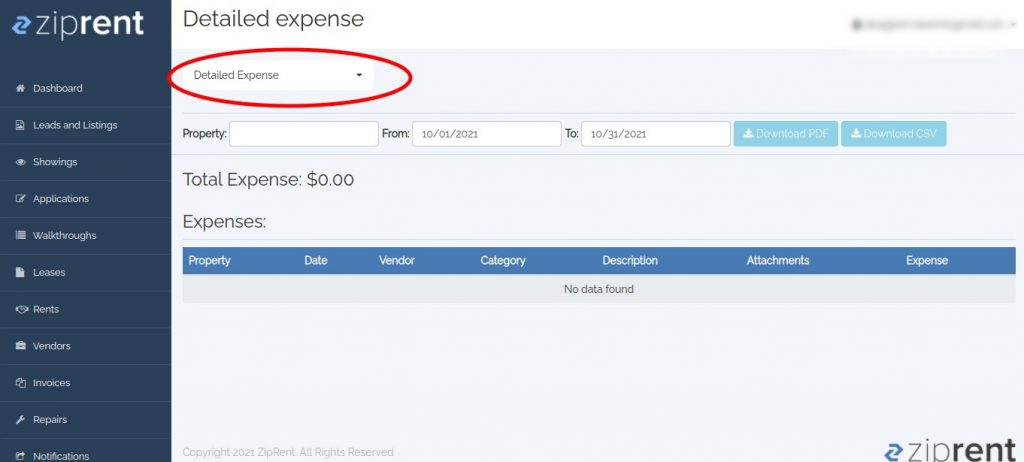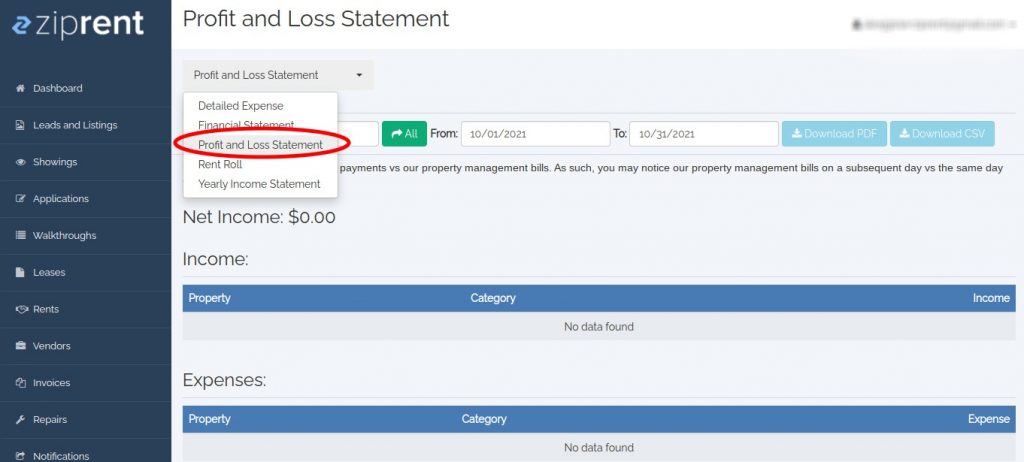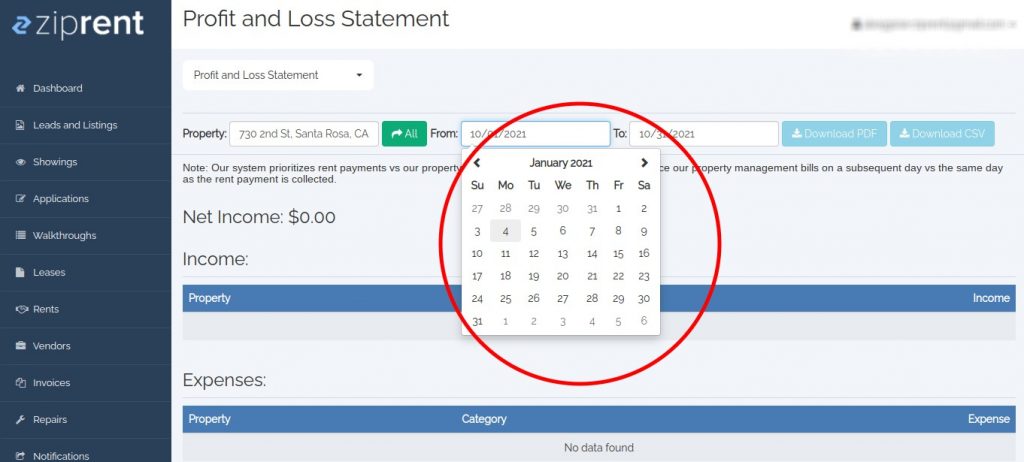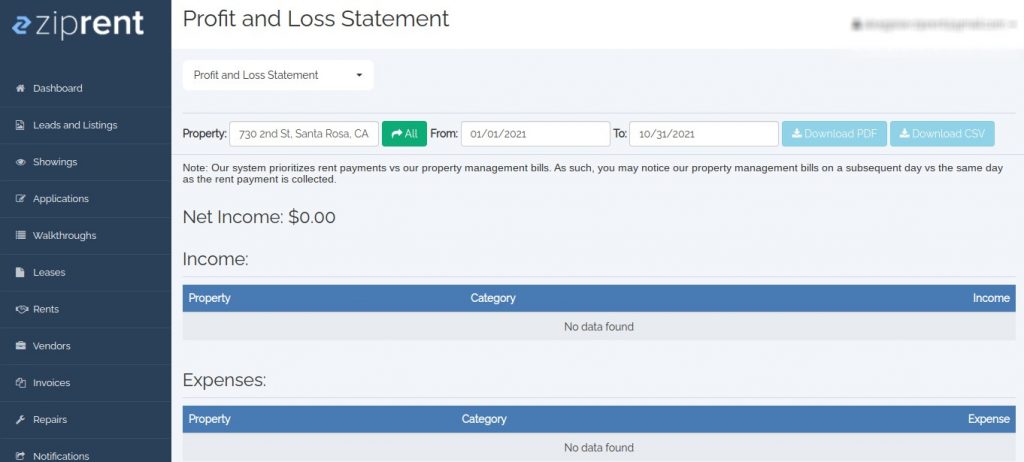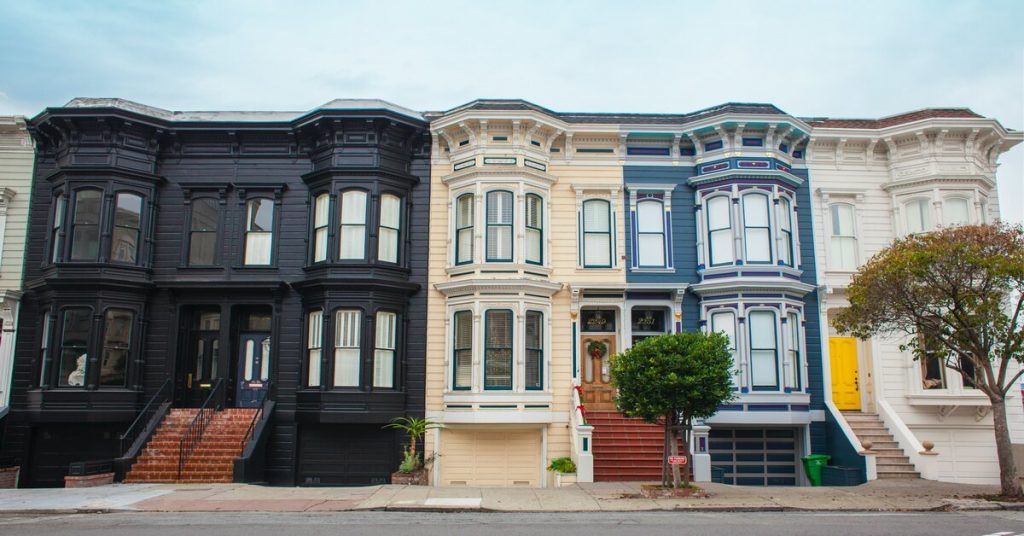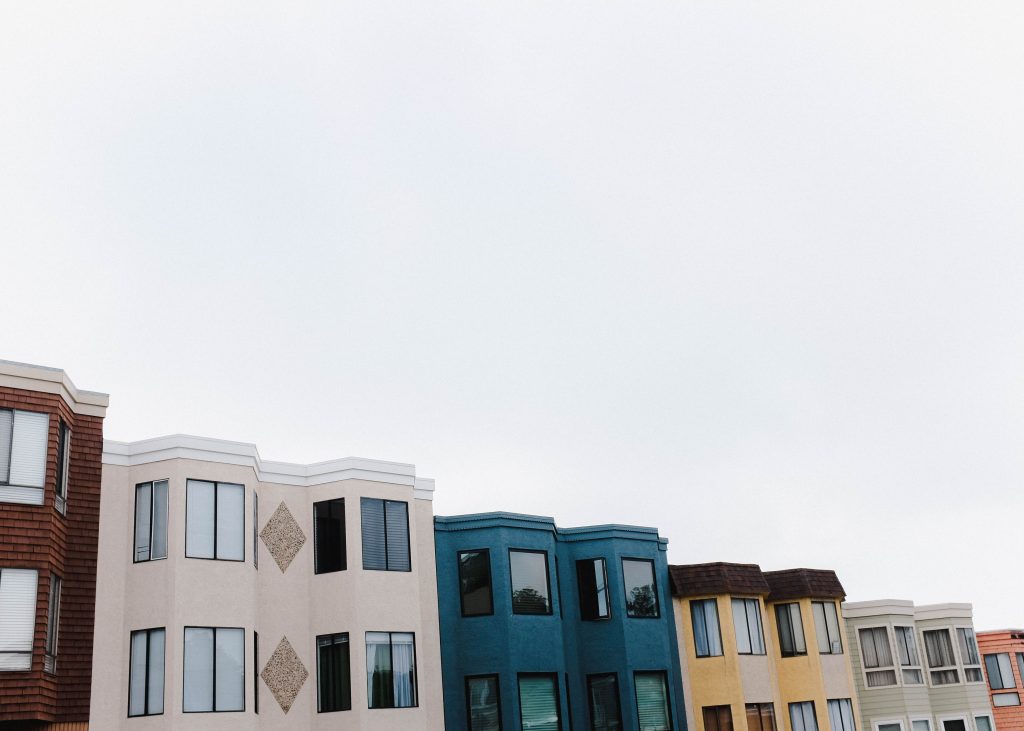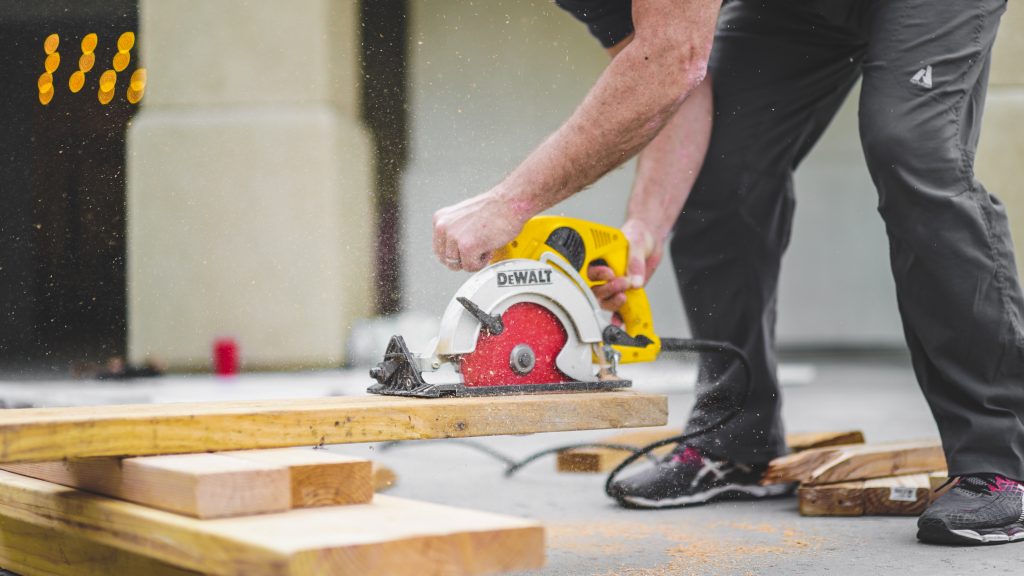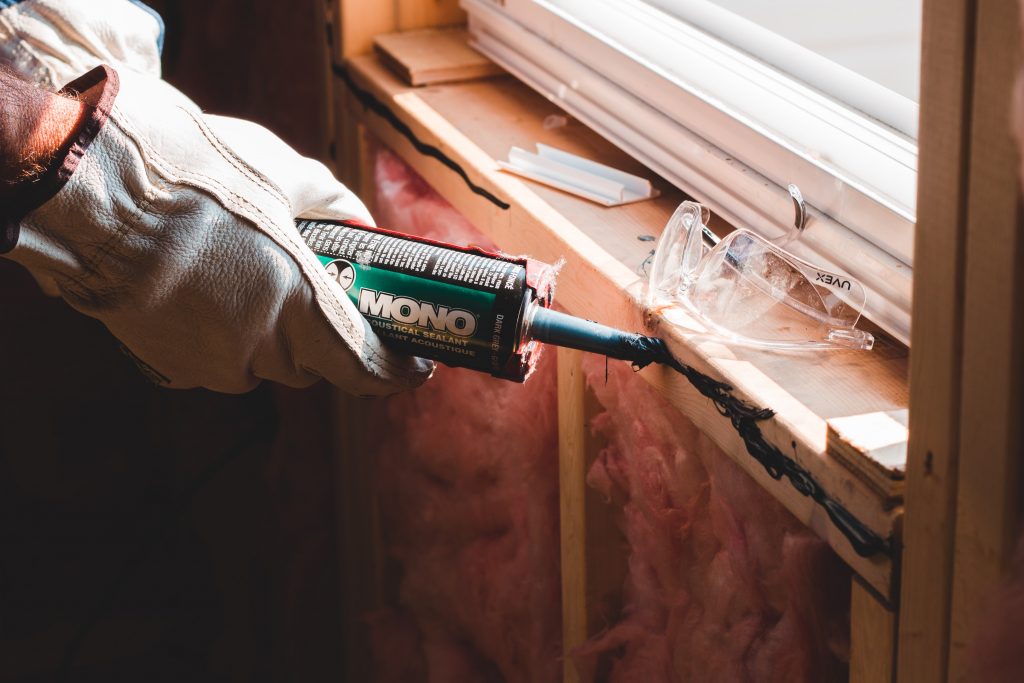Over the years, California has created a labyrinth of regulations, fees, barriers for housing construction which has contributed to the housing shortage. Identifying these laws and regulations as one of the main drivers, the state legislature in recent years has passed laws to remove the restraints. Some of the laws deal with land use and how many units are allowed on each parcel, others are related to cities imposing fees and requirements that make increasing the number of units impossible. Here are a few of the new laws that can impact the decisions of landlords and homeowners who want to grow their businesses and increase the value of their investment properties.
SB 9
A large percentage of land in California is zoned for residential use is zoned for single-family homes, restricting construction to one home per lot. SB 9 changes that for most single-family lots throughout California. It allows for the construction of a duplex on each lot, or the lot can be split into two, allowing for the construction of up to two duplexes (4 units total). Each unit can be sold or rented individually. Accessory dwelling units are not allowed on lots with duplexes.
There are a few restrictions for single-family lots to qualify. In order for the lot to be split into two, it must be at least 2,400 square feet. Historical homes and historical districts are exempt from the law. Homes in areas deemed high-risk fire territory are exempt as well.
There are also some restrictions in regards to renting and building duplexes. The owner must sign an affidavit stating their intent to make the home their primary residence for three years. Short-term rentals are also not allowed. All units have a one-month minimum requirement for leases. This means using the property initially for an Airbnb rental isn’t an option. Owners or any business connected with an owner of a parcel that has been split into two cannot do the same to an adjacent lot.
SB 10
One of the barriers to constructing higher-density housing like small apartment complexes is the frivolous lawsuits that come with construction and zoning changes. SB 10 helps to expedite the process. It helps cities rezone lots for up to ten units in high-transit areas and urban infill. Keeping local groups from filing lawsuits that can be drawn out for over a decade can help to keep costs down making the construction of small apartment complexes more economically viable. Cities are required by state law to change zoning to meet housing construction requirements which mean more lots will be zoned for this kind of construction in the future.
AB 68
Accessory dwelling units or granny flats are now allowed on single-family lots throughout California. AB 68 allows for the construction of an ADU and/or junior ADU up to 500 square feet to be constructed on a single-family lot. The junior ADU must be built within the original framework of the house. Some cities implemented delays and fees effectively making the construction of ADUs impossible. AB 68 removes those barriers.
The bill reduces the maximum time for approval from 120 days to 60 days. It also eliminates barriers for construction like minimum lot size and floor area ratios which made construction effectively impossible. The requirement for 1:1 parking replacements if the garage is turned into an ADU is also eliminated. It includes a by-right approval for all ADUs and junior ADUs for a minimal process. Cities are now also prohibited from banning short-term rentals in ministerially approved ADUs. The state can also investigate and compel cities to follow new ADU laws.
SB 8
This bill extends the Housing Crisis Act of 2019 to 2030 (the original date was 2025). Under this legislation, housing can’t be demolished in order to downzone or reduce the number of units. A lot with more than one unit cannot be demolished in order to have one house built on it. “Protected” units that fall under rent control or affordable housing or housing occupied by low-income residents must be replaced. Furthermore, any residents living in these units must be provided assistance for relocation.
In order to speed the process up for constructing new housing, cities are required to implement a preliminary application process. This is meant to lock in all the requirements and fees beforehand to allow for certainty for applicants. Under the legislation, there is also a maximum of 5 hearings before approval. The project must be approved or denied by the 5th hearing.
A city is required to respond within 30 days of the submission of a housing project proposal to determine in writing if it meets all the standards. If it does not, they are required to provide a list of changes that need to be made in order for the project to be approved. In any subsequent review of the project, the city cannot require any new information that was not included on their list.
The time required for project approval after an environmental impact report is certified has been reduced from 120 days to 90 days. For projects seeking tax credits or other public funding (like affordable housing) time for approval is reduced to 60 days. The law also requires cities to approve all projects that comply with the general plan or zoning ordinances.
